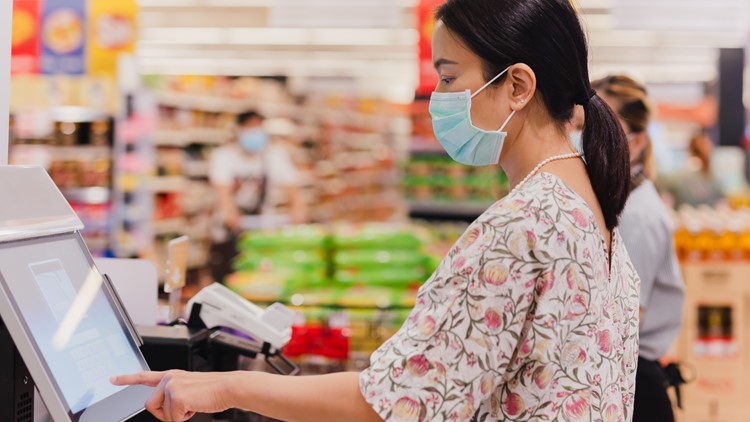INDIANAPOLIS — A 2021 survey found 67% of shoppers said a self-service checkout machine failed while using it.
Twenty-five percent of those surveyed said they would choose not to use self-checkout because of poor past experiences.
Store owners have faced their own struggles with the self-service machines, too. Despite that, it's a trend that's here to stay.
Retail analysts say COVID-19 hastened the spread of self-checkout as customers avoided interactions with cashiers.
The labor shortage is also responsible for the rise in the use of self-checkout machines, which now account for 29% of grocery sales.
For retailers, self-checkout hasn't saved as much money as anticipated, with the increase in losses due to error or theft.
"Consumers are not very good at scanning reliably," Adrian Beck, an emeritus professor who studies retail losses at the University of Leicester in the UK, told CNN Business. "Why should they be? They're not trained."
Other customers take advantage of the oversight — or lack thereof — of self-checkout lines and have developed strategies for stealing.
Still, Walmart, Kroger and Dollar General are pilot testing stores that only offer self-checkout instead of traditional manned cash registers.
"It's an arms race. If everyone else is doing it, you look like an idiot if you don't have it," said David D'Arezzo, a former executive at Dollar General, Wegmans and other retailers. "Once you let it out of the bag, it's pretty difficult not to offer it anymore."
Retail trends indicate scanning and bagging your own purchases is here to stay, whether shoppers like it or not.



